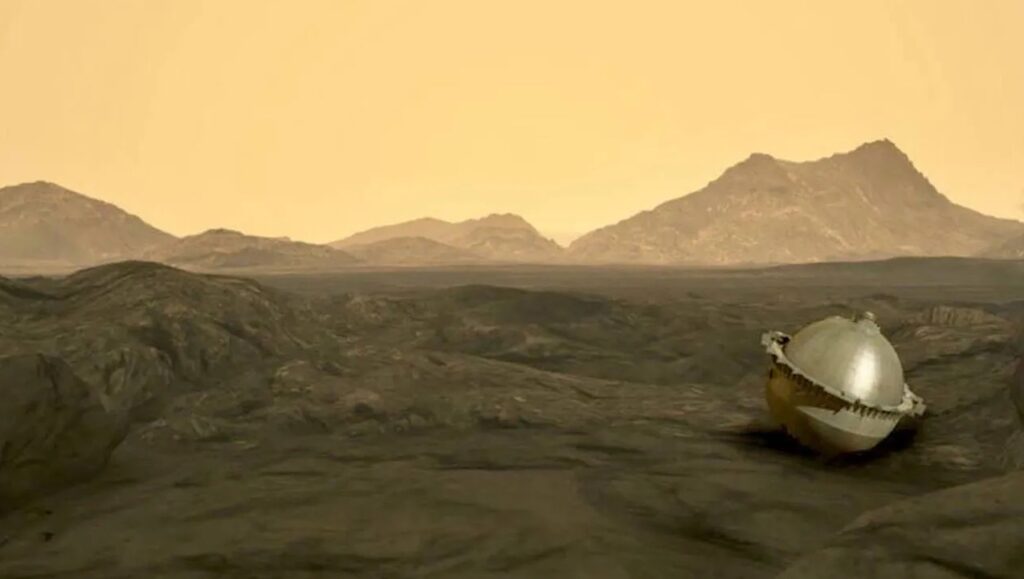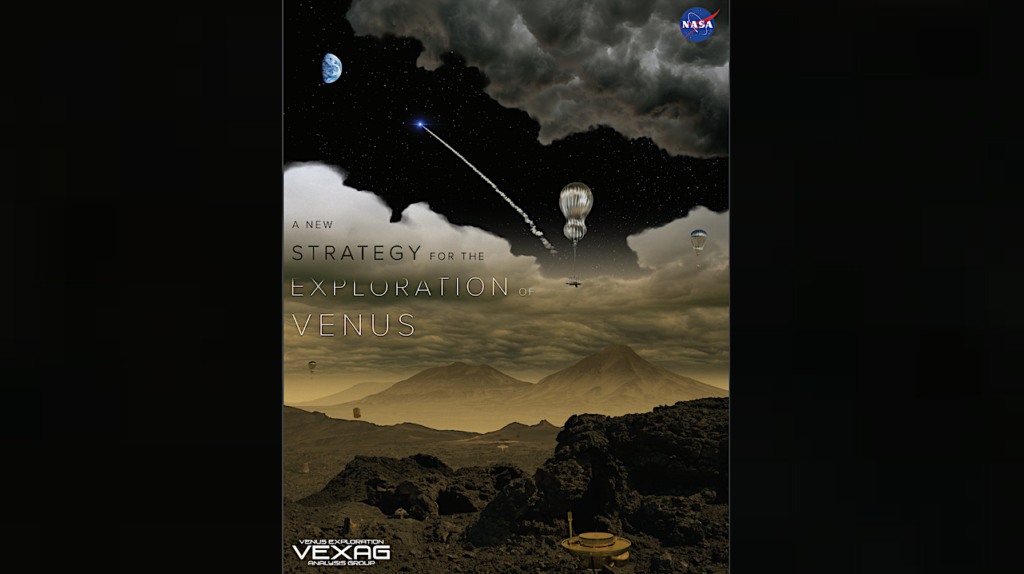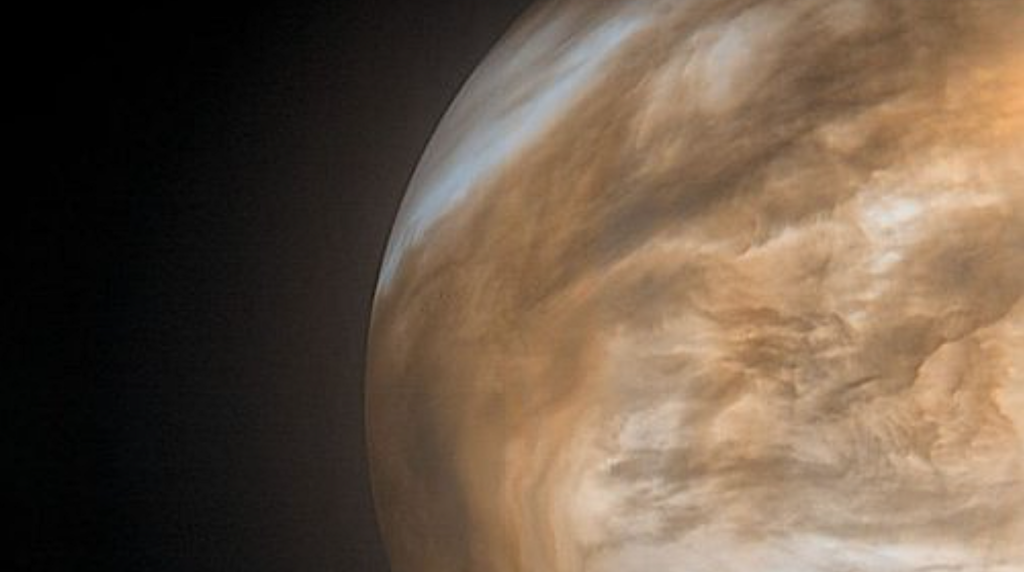Surprisingly Little Water Has Escaped from Venus

On 13 November Moa Persson, Swedish Institute of Space Physics (IRF) and Umeå University, will defend her doctoral thesis. Her thesis shows that only a small part of the historical water content on Venus has been lost to space over the past 4 billion years. This is much less than researchers previously thought.
The thesis is built on analyses of how the solar wind, a stream of charged particles from the Sun, affects the Venusian atmosphere and causes atmospheric particles to escape to space. Moa Persson has analysed data from IRF’s space instrument ASPERA-4, on board the European Space Agency’s space mission Venus Express.
“The surface of Venus today is comparable to hell. It is extremely dry and has a temperature of 460 degrees but historically the surface was more hospitable with a wealth of water that could reach a depth of several hundreds of metres if spread equally over the surface. This water has disappeared from Venus. My thesis shows that only a few decimetres of this water has escaped to space,” says Moa Persson.
The studies are based on measurements of ions (charged particles) in the vicinity of Venus. On average two protons escape from the atmosphere for every one oxygen ion. This indicates a loss of water. Variations in the solar wind and the solar radiation affect how many ions escape.
Moa Persson’s thesis show that the number of escaping protons varies over the solar cycle. More protons escape during solar minimum than during solar maximum because many protons return to Venus during solar maximum. The number of escaping oxygen ions is mostly affected by variations in the solar wind.
“In my thesis I have calculated how much water has escaped from Venus in the past. I have looked at how the ion escape is affected by the solar wind variations today and how the solar wind has changed over time,” says Moa Persson.
The results of the thesis can be compared to similar studies of Mars and Earth. The comparisons between the three sibling planets give a more comprehensive picture of the solar wind effects on planetary atmospheres. For example Earth, with its strong magnetic field, has a larger loss of atmosphere to space than both Venus and Mars.
“I hope further comparisons will be done of the atmospheric losses of Venus, Earth and Mars. This is especially interesting now that signs of life may have been found on Venus,” says Moa Persson.
Moa Persson, who was raised in Skövde, Sweden, defends her thesis “Escape to Space or Return to Venus: Ion Flows Measured by Venus Express” in the auditorium at IRF in Kiruna, Sweden, on Friday 13 November. The faculty opponent is Dr Dmitrij Titov from ESTEC/ESA in Noordwijk, The Netherlands.
The Institute for Space Physics (IRF) is a government research institute under the Ministry of Education. IRF conducts basic research and research in space physics, atmospheric physics and space technology. Measurements are made in the atmosphere, ionosphere, magnetosphere and around other planets using balloons, ground-based equipment (including radar) and satellites. Currently, IRF has instruments aboard satellites orbiting two planets: Earth and Mars and also has an instrument on the back of the moon. Instruments are also on their way to the sun and Mercury. IRF has approximately 100 employees and operates in Kiruna (head office), Umeå, Uppsala and Lund.
The Swedish Institute of Space Physics (IRF) is a governmental research institute which conducts research and postgraduate education in atmospheric physics, space physics and space technology. Measurements are made in the atmosphere, ionosphere, magnetosphere and around other planets with the help of ground-based equipment (including radar), stratospheric balloons and satellites. IRF was established (as Kiruna Geophysical Observatory) in 1957 and its first satellite instrument was launched in 1968. The head office is in Kiruna (geographic coordinates 67.84° N, 20.41° E) and IRF also has offices in Umeå, Uppsala and Lund.








